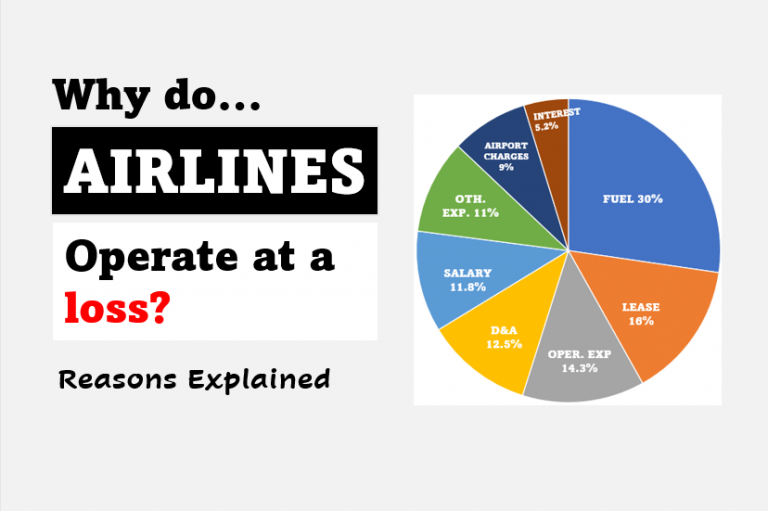Summary Points:
- Let’s understand how re-baselining is shaking up big IT deals as clients demand cheaper, AI-driven solutions.
- Self-cannibalisation is another twist. Our companies are building new tech that’s eating into their old business.
- The global economy, especially U.S. tariffs, is making things more complicated. It ispushing our IT companies to rethink their business strategies.
- Despite job cuts and slower growth, there’s hope with GenAI deals and a strong IT legacy.
- I think our IT giants can bounce back, but it’ll take time, so I’m holding my investments for now.
Introduction
We’ve always been proud of our tech giants like TCS, Infosys, Wipro, etc ruling the global stage? Well, in 2025, things are shifting and people are worries that what’s in store for these companies after tariff imposition by the US. I’ve already written a blog post the impact of reciprocal tariff on Indian IT stocks, you can read it here. In this post, I’ll talk specifically about two main headwinds that our IT companies are currently facing.
There are represented by two fancy-sounding terms, re-baselining and self-cannibalisation.
Don’t worry about the jargon, I’ll declutter it for you. But what’s interesting about them is that, if our IT companies can take care of it over time, I think they will make it big again. We only generally say that “our IT companies are facing problems due to AI and now due to tariffs? But what these problems specifically are, no body can clearly spell out.
In this blog post, I’ll talk about these two issues the the IT companies are facing. I’ve tried to gather as much perspective as I can by reading about these two issues since last few days.
So, this post is not just jargon; it’s about how our IT sector is rewriting its own story. I think, it’s a story worth reading about.
Re-Baselining – The Big Deals Getting a Makeover
So, what is re-baselining?
Take for example that you are a sales guy in one of out top IT companies. You’ve signed a big Rs 500 crore deal in 2023 with a client in the U.S. to handle their tech systems. Two years after (in 2025), they call you up and say, “Things have changed. We need more AI stuff, and we also need to downsize the the order valued to Rs 300 crore?”
That’s re-baselining. It is basically renegotiating deals that were locked in earlier. Why it is done? Because the clients are now saying that the world isn’t the same anymore and they need better prices. The surge in re-baselining of the old contracts are becoming more visible in 2025.
What is the reason, why clients are going for re-baselining?
Global economy is looking weak and volatile. Reason? U.S. tariffs under Trump 2.0. Hence, clients abroad are getting more cost conscious. They’re not just asking for cheaper services; they want smarter deliverables. Now they want to employ Generative AI (GenAI) that can write code or automate tasks for them.
I read in ET that large-cap IT firms might see growth drop to 4.5%–6% in FY26. It is not even close to the 10%–12% growth we used to expect from our IT companies.
Though I’ll also say that It’s not all gloomy and sad, though. Our IT companies are tough, they’ve survived recessions and US linked issued in the past. They have also crossed the Y2K panic.
But this re-baselining wave is too tough to navigate or our IT companies can hand this too? For sure, it is forcing them to rethink everything. They are back on the drawing board planning how to price the deals to how fast they can train people in new tech.
I’ll give you an example.
A friend of mine works at a mid-sized IT firm in Bengaluru. Last year, their biggest client, a retail chain, asked them to redo a five-year contract halfway through. The client wanted AI chatbots added to their customer service system, something not even in the original plan.
My friend’s team had to learn new tools, and somehow keep the client happy without losing money. That’s also re-baselining in action. For the IT companies, it’s very stressful.
But the top management might not bee looking at it only as a “sob story.” I think, they are realising that this new trend is also pushing them to add a new skill-set to their offer-basket.
Self-Cannibalisation (Self Harm)
Now, let’s talk about self-cannibalisation. I know it sounds too dramatic but this is another terms that is being used with respect to the present state of affairs with the IT companies.
In IT terms, it means our companies are building new tech, like AI or cloud solutions, that’s killing off their old, trusty businesses. For example, for many years in the past Indian IT companies made billions by offering low-cost coding driven solutions to US clients. These solutions were mainly provided for or fixing outdated systems for foreign clients. That was the bread and butter of our IT companies. But now, out IT companies are only pushing clients to switch to shiny new platforms that need fewer people and less time. This is self-cannibalisation, eating into ones own business.
Take a company like Infosys.
They’re pouring money into AI tools that can automate entire chunks of work, the stuff that thousands of engineers used to do manually. Last quarter, I saw a report saying top IT firms cut over 16,000 jobs. Why? Because an AI can now handle what 10 coders did before.
It’s a weird spot to be in. On one hand, the companies are proud of the new innovations. On the other, their own innovations are shrinking the very model that made these companies famous.
Self-cannibalisation is like that moment when you upgrade from a Nokia 3310 to a smartphone. You miss the old reliability, but you can’t deny the new power. Even in the automobile industry, the EV wave is like self-cannibalising the ICE engine cars.
I was chatting with an old college friend who’s now a top manager in Wipro. He told me how they lost a chunk of their legacy maintenance business (over the past 10 years) because they themselves convinced the client to move to a cloud based system. “We’re basically eating our own profits to stay ahead,” he said, half-laughing, half-worried.
That’s the thing. It is a gamble, but if we don’t do it, someone else will.
Where We Stand in 2025
So, what’s the scene like right now?
Honestly, it is kind of neither worse nor great.
- On one side, there’s good news. The Nifty IT Index is up 141% in the last 5-Years. But on the other hand, the same index is down -7.3% in 2025 alone. Hyderabad alone clocked Rs 2.68 lakh crore in IT exports in FY24. More and more GenAI deals are popping up everywhere. I saw a stat that said AI-related projects are doubling in company pipelines. We’re still a force to reckon with, no doubt, but the thing is, the offerings are changing from coder-driven solutions to GenAI based solutions.
- The flip side of the coin is not all rosy. Hiring’s is down by 14% which is the lowest in years. Growth isn’t what it used to be. Smaller IT firms are struggling to keep up with the big boys who can afford to bet big on AI. Clients have become pickier too, they want cutting-edge solutions but at huge discounts. It’s like they want a VW at the price of a Maruti.
And with the U.S. economy acting unpredictable, everyone’s on edge.
I think what’s fascinating, and a bit scary, is how this is testing the resilience of out IT companies. I think, our Pharma companies too are going to face the same heat soon.
We are used to jugaads. We will eventually find the most value for money solution the clients.
Our IT sector has dodged bullets before. They did that in 2008 crash or the H-1B visa scenario. But this time, it’s not just about surviving; it’s about reinventing too.
Re-baselining is forcing our IT companies to renegotiate their place in the world. While self-cannibalisation is making them rewrite their own playbook.
Conclusion
So, where are our IT companies going to go from here? I’d say it’s time for them to sink-or-swim.
Companies are scrambling to train people. Thousands of employees at TCS are learning AI skills as we speak. Partnerships with global tech leaders are popping up. There is a buzz about India becoming an AI hub, not just a back-office hub.
But it’s not going to be an easy. Smaller players might get left behind, and even the giants have to balance these new bets with their old commitments.
We’ve got the talent, over 1.5 million IT folks. But are we moving fast enough? Can we turn these challenges into a new golden era, or will we get stuck reminiscing about the glory days?
Re-baselining and self-cannibalisation are the immediate hurdles that our IT companies are facing as of today. I think, they are smart enough to find their place in this changing market. But we as investors, should give them time to stabilise themselves. If we are expecting them to give some good news in the next quarter, I don’t think it is going to happens so fast.
For the moment, I’ll continue to support them for next many quarters. I’m not selling till heavens start falling. Moreover, my exposure to IT is not too small but limited. I think, I can drag it for another couple of years for sure.




![India's Food and Beverage (F&B) Sector Analysis [2025] - Thumbnail](https://ourwealthinsights.com/wp-content/uploads/2025/01/Indias-Food-and-Beverage-FB-Sector-Analysis-2025-Thumbnail-768x461.jpg)

